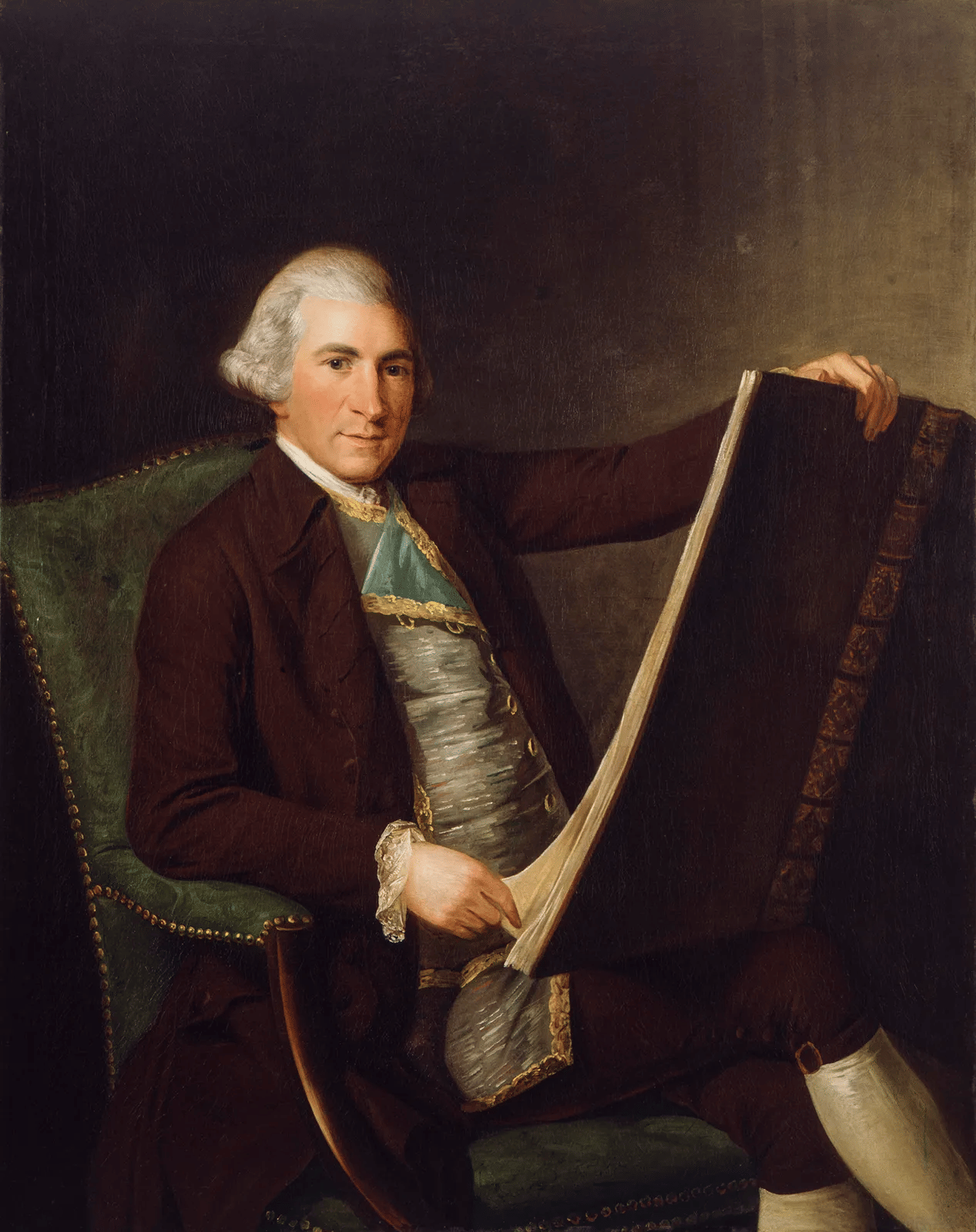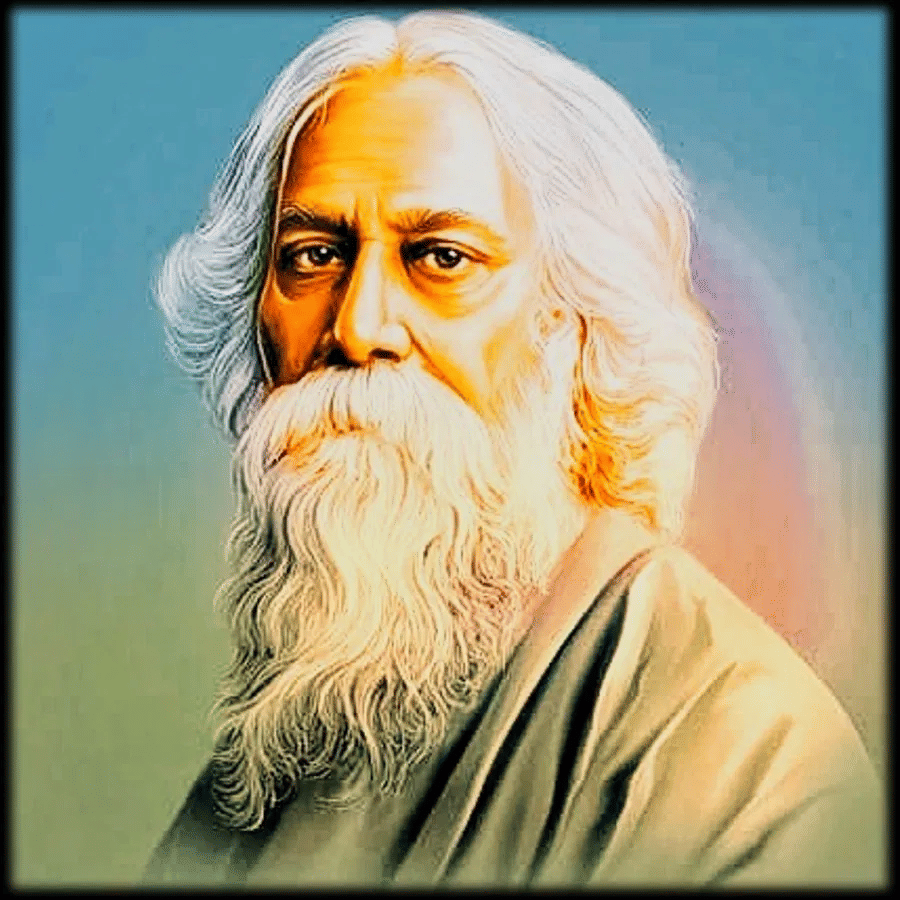Class 8 Exam > Class 8 Notes > Social Studies (SST) Class 8 > NCERT Summary: Civilising the Native, Educating the Nation
Civilising the Native, Educating the Nation Summary Class 8 NCERT Summary Chapter 6
The British in India wanted not only territorial conquest and control over revenues but also felt that they had a cultural mission and had to “civilise the natives”, change their customs and values.
How the British saw EducationThe tradition of Orientalism
In 1783, arrived in Calcutta who was a linguist.- He had studied Greek and Latin at Oxford, and knew French, English, Arabic, and Persian.
- In Calcutta, he began learning Sanskrit, including its grammar and poetry.
- He soon delved into ancient Indian texts covering law, philosophy, religion, politics, morality, arithmetic, medicine, and sciences.

William Jones
- Englishmen like Henry Thomas Colebrooke and Nathaniel Halhed were also exploring ancient Indian culture, mastering languages and translating Sanskrit and Persian works into English.
- Along with them, Jones founded the Asiatic Society of Bengal and started a journal titled Asiatick Researches.
- Jones and Colebrooke worked on uncovering ancient texts, understanding their meanings, translating them, and sharing their findings with others.
- They believed this effort would help the British learn from Indian culture and enable Indians to rediscover their own heritage, and comprehend the lost glories of their past.
- In this process, the British would become both the guardians and masters of Indian culture.
- Inspired by these ideas, many Company officials argued that the British should promote Indian knowledge instead of Western education.
- They believed institutions should be established to encourage the study of ancient Indian texts, focusing on Sanskrit and Persian literature and poetry. The officials thought that Hindus and Muslims should learn what they were already familiar with and valued, rather than subjects that were foreign to them. Only then, they believed, could the British earn the respect of the 'natives' and win a place in their hearts.
- In 1781, a madrasa was founded in Calcutta to promote the study of Arabic, Persian, and Islamic law; and the Hindu College was established in Benaras in 1791 to encourage the study of ancient Sanskrit texts beneficial for country administration.
- However, not all officials agreed with these views. Many were quite critical of the Orientalists.
 Hindu college Benaras
Hindu college Benaras
“Grave errors of the East”
- From the early nineteenth century many British officials began to criticise the Orientalist vision of learning.
- According to them, knowledge of the East was full of errors and unscientific thought.
- James Mill was one of those who attacked the Orientalists and declared that the aim of education ought to be to teach what was useful and practical.
- So, Indians should be made familiar with the scientific and technical advances that the West had made, rather than with the poetry and sacred literature of the Orient.
- By the 1830s the attack on the Orientalists became sharper.
1. Thomas Babington Macaulay saw India as an uncivilised country that needed to be civilised.
2. According to him, no branch of Eastern knowledge could be compared to what England had produced. - Macaulay gave importance to the need to teach the English language.
- He felt that knowledge of English would allow Indians to read some of the finest literature the world had produced.
1. It would make them aware of the developments in Western science and philosophy.
2. Thus, it is a way of civilising people, changing their tastes, values and culture. - The English Education Act of 1835 was introduced.
- The decision was to make English the medium of instruction for higher education and to stop the promotion of Oriental institutions like the Calcutta Madrasa and Benaras Sanskrit College.
Education for commerce
- In 1854, the Court of Directors of the East India Company in London sent an educational message to the Governor-General in India, known as Wood's Despatch. This outlined the educational policy to be followed in India and highlighted the practical benefits of a system based on European learning, rather than Oriental knowledge.
- One practical benefit mentioned in the Despatch was economic. It suggested that European learning would help Indians understand the benefits of expanding trade and commerce, and recognise the need to develop the country's resources. By introducing them to European lifestyles, their tastes and desires would change, leading to a demand for British goods, as Indians would start to appreciate and purchase products from Europe.
- Wood's Despatch also claimed that European education would enhance the moral character of Indians, making them more honest and trustworthy, thus providing the Company with reliable civil servants.
- The literature from the East was described as not only flawed, but also unable to instil a sense of duty or a commitment to work, nor could it develop administrative skills.
- After the 1854 Despatch, the British introduced several measures. They established government education departments to oversee all educational matters and took steps to create a university education system. In 1857, while the sepoys were revolting in Meerut and Delhi, universities were being founded in Calcutta, Madras, and Bombay.
What Happened to the Local Schools?The report of William Adam
- In the 1830s, , a Scottish missionary, toured the districts of Bengal and Bihar and asked by the Company to report on the progress of education in vernacular schools.
- Adam found that there were over 1 lakh pathshalas in Bengal and Bihar imparting education to over 20 lakh children.
- These institutions were set up by wealthy people, or the local community.
 William Adam
William Adam
- The system of education was flexible.
- There were no fixed fee.
- There were no printed books.
- There were no separate school building.
- There were no benches or chairs.
- There were no blackboards.
- There were no system of separate classes.
- There were no roll-call registers.
- There were no annual examinations.
- There were no regular time-table.
Adam discovered that this flexible system was suited to local needs.
New routines, new rules
- Up to the mid-nineteenth century, the Company primarily focused on higher education.
- After 1854, the Company aimed to enhance vernacular education.
- Each teacher was required to submit regular reports and follow a set class timetable.
- Teaching was now based on textbooks, and learning was assessed through annual exams.
- Students were expected to pay a regular fee, attend classes consistently, sit in designated seats, and adhere to new discipline rules.
- Schools that embraced these new rules received government funding, while those that did not were left unsupported.
- The new regulations negatively impacted children from poorer families, as they had to attend school even during harvest time when they needed to help in the fields.
- Not attending school was seen as indiscipline and a lack of interest in learning.
- The literature from the East was not only flawed, but it also failed to instil a sense of duty and commitment to work, and it did not develop necessary administrative skills.
- The role of the pandit was to visit schools and work on improving teaching standards.
- The education system was flexible, with a more adaptable timetable compared to the rigid new structure.
The Agenda for a National Education
- Since the early nineteenth century, various thinkers across India began discussing the importance of spreading education more widely.
- Some individuals believed that Western education would help modernise India.
- They encouraged the British to establish more schools, colleges, and universities, and to invest more in education.
- However, some Indians opposed Western education. Two notable figures were Mahatma Gandhi and Rabindranath Tagore.
- “English education has enslaved us” (Mahatma Gandhi's view on Indian Education)
- Mahatma Gandhi contended that colonial education instilled a feeling of inferiority among Indians, leading them to view Western culture as superior and undermining their pride in their own heritage. He described this education as toxic, claiming it was sinful and enslaved the Indian people.
- Indians educated in these Western institutions, captivated by everything from the West, began to admire British rule.
- Mahatma Gandhi advocated for an education that would help Indians regain their dignity and self-respect. During the national movement, he urged students to withdraw from educational institutions to demonstrate to the British that Indians would no longer accept oppression.
- According to Gandhi, Western education prioritised reading and writing over oral knowledge; it valued textbooks more than practical experience and real-life understanding.
- He believed that education should nurture a person’s mind and spirit.
- Gandhi asserted that mere literacy, or the ability to read and write, was insufficient to constitute true education.
Tagore’s “abode of peace” (Rabindranath Tagore's view on Indian Education)
- Rabindranath Tagore established Santiniketan in 1901.
- As a child, Tagore disliked attending school, finding it stifling and oppressive, comparing it to a prison where he couldn’t pursue his interests.
- He believed that childhood should be about self-discovery, free from the strict and limiting discipline of the British educational system.
- Tagore argued that teachers should be creative, understand children, and nurture their curiosity.
- He felt that traditional schools suppressed children's natural creativity and sense of wonder.
- Tagore proposed that creative learning flourishes in a natural setting.
- This led him to establish his school 100 kilometres from Calcutta, in a serene environment he called an abode of peace (santiniketan), where children could harmonise with nature and develop their inherent creativity.
- He stressed the importance of teaching science and technology at Santiniketan, alongside art, music, and dance.
 Rabindranath Tagore
Rabindranath Tagore
Difference in Gandhi and Tagore view about Indian Education
- Gandhiji was very critical of Western civilisation, especially its focus on machines and technology. In contrast, Tagore aimed to blend aspects of modern Western culture with the best of Indian traditions. He highlighted the importance of teaching science and technology at Santiniketan, alongside art, music, and dance.
- Mahatma Gandhi believed that education should nurture a person's mind and soul. He argued that simply being able to read and write does not count as true education. People should engage in manual work, learn a trade, and understand how things function. This approach would enhance their intellect and comprehension. Gandhi stated that "literacy in itself is not education" and that education should be about "drawing out the best in a child and man - body, mind, and spirit."
- Tagore thought that childhood should be a period of self-discovery, free from the strict and limiting discipline of the British schooling system. He believed that creativity in learning could only thrive in a natural setting, which is why he established his school 100 kilometres away from Calcutta, in a rural area.
The document Civilising the Native, Educating the Nation Summary Class 8 NCERT Summary Chapter 6 is a part of the Class 8 Course Social Studies (SST) Class 8.
All you need of Class 8 at this link: Class 8
|
69 videos|431 docs|46 tests
|
FAQs on Civilising the Native, Educating the Nation Summary Class 8 NCERT Summary Chapter 6
| 1. How did the British view education in India during colonial times? |  |
Ans. The British saw education in India as a means of civilizing the native population and instilling Western values and knowledge.
| 2. What happened to local schools under British rule in India? |  |
Ans. Local schools in India faced neglect and decline as the British favored English-medium schools and institutions that promoted Western education.
| 3. What was the agenda for a national education system in colonial India? |  |
Ans. The agenda for a national education system in colonial India was to create a uniform education system that would promote British ideals and values across the country.
| 4. How did Rabindranath Tagore view education in India? |  |
Ans. Rabindranath Tagore believed in creating an "abode of peace" through education, focusing on holistic development and nurturing individual creativity and expression.
| 5. How did the concept of civilizing the native population through education impact Indian society during colonial times? |  |
Ans. The concept of civilizing the native population through education led to a cultural and intellectual transformation, as traditional Indian knowledge systems were marginalized in favor of Western education.
Related Searches





















